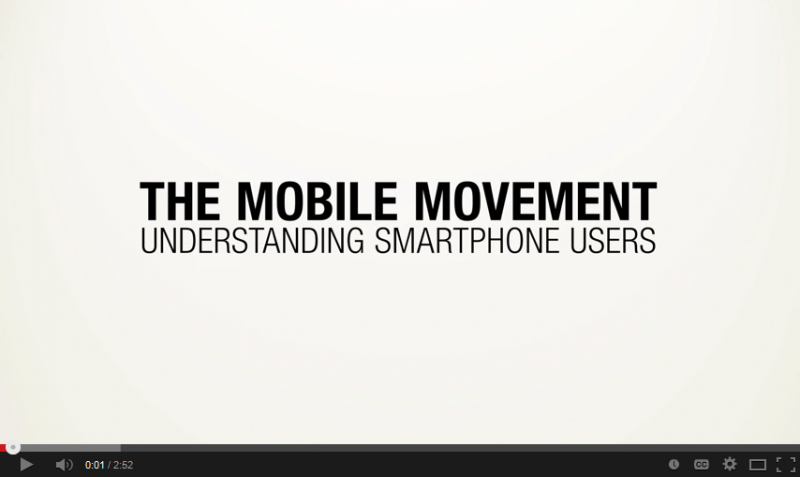
Digital technology continues to open new doors in the world of advertising. Whether they’re engaging with customers on social media or leveraging consumer data for personalized campaigns, businesses have more opportunities than ever to reach their target market. As smartphone technology occupies a greater role in our lives, it’s increasingly easy for businesses to reach their customers wherever they might be or whatever they might be doing. However, mobile advertising is no easy feat and requires some strategic insight in order to generate revenue. For some tips on how to go about creating a mobile ad campaign, check out the tips below.
1) Understand smartphone users
Personalized advertising pays off. Just as it helps to tailor an advertising strategy to the desires and behaviours of your target market, it’s equally important to develop your mobile ad campaign with a keen understanding of smartphone users in mind. The statistics are endless: 33% of smartphone users watch TV while using their phone. 90% have taken action after encountering a product via a smartphone search. 79% use their phone while shopping, either to get coupons, read reviews and product info or check in-store inventory. By understanding the diverse ways consumers within your target market use their mobile devices, you can maximize the chances of creating a campaign that will catch their eye. For more information on smartphone usage, check out this extensive list of statistics.
2) Differentiate your mobile and desktop campaigns
It’s often a good idea to run mobile and desktop campaigns in tandem. By advertising across multiple channels, you broaden the overall reach of your message. However, though it might be easiest to repeat the same essential ad strategy across multiple platforms, you might want to consider differentiating your mobile and desktop campaigns to boost their effectiveness. As you now know, people use their smartphone and desktop computers in different ways. Consequently, the keywords and target pages that work for one platform might not necessarily achieve the same results with another. AdWords campaigns that tailor their campaigns to specific devices experience an 11.5% boost in performance, so you might want to consider incorporating this strategy to achieve results.
3) Integrate mobile with real life
Though it’s helpful to separate your mobile and desktop campaigns, this doesn’t necessarily mean each platform requires its own insular advertising strategy. On the contrary, you might want to try integrating your mobile advertisements with real world methods of promoting your brand. For example, QR codes allow smartphone users to scan posters and billboards they encounter in real life, bringing them to an app or webpage. This technique bridges two separate mediums, creating a smooth transition from the real world to an online experience. Anything you can do to attract your customers’ notice in one medium and point them toward another ultimately results in a more immersive and persuasive campaign.
4) Target local customers
One of the greatest potentials of mobile marketing is the ability to reach local consumers. 95% of smartphone users seek out local information on their devices and 88% take action on the same day, so you might want to consider tapping into this potential market with the right kind of ads. For example, mapping software is often a useful place to start. Google Maps allows advertisers to place ads beneath the search box and on the map itself, which means they might be noticed by smartphone users hunting for a nearby food truck or corner store. Apps like FourSquare and review sites like Yelp are also great places for businesses seeking local customers to buy ads, so you might want to consider giving them a try.
For more information on mobile marketing, check out this resource from MaRS Discovery District, this piece from the Guardian and these articles from Entrepreneur Magazine online. Also, be sure to check back next week for another blog post about mobile marketing and other ways business can go mobile.







